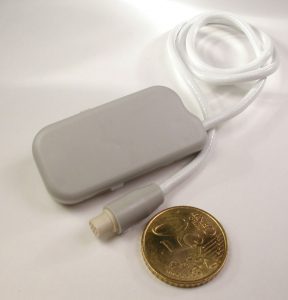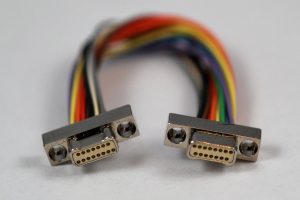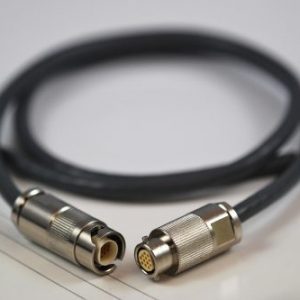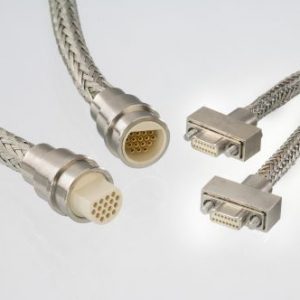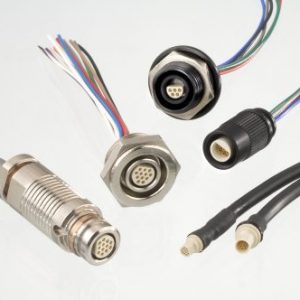Description
The medical industry is well diversified in its requirements for multiconductor cables. Medical cables and interconnects conduct electrical signals for technologically advanced applications such as Hearing Devices, Patient Monitors, Dental Equipment, Electrosurgical Devices, and Pacemakers.
A good cable design will take into account many factors to provide proper signal transmission. A truly superior design will tailor the material selection of your cable to ensure that a comprehensive set of characteristics matches the application. Cables used in the medical industry generally have a few common application characteristics:
- Patient Wearability: The “Smoothness” of the cable. In applications where the cable will be draped over a patient the cable jacket should slide freely without tangling in body hair or clothing. Where the cable is worn for an extended period of time lightweight/low-density materials should also be specified.
- Flexibility: The cable should bend, twist, and flex without impeding the user.
- High Flex Life: The cable should be able to withstand multiple bend cycles for applications with extended use.
- Biocompatibility: For constant skin and/or surgical applications medical grade biocompatible materials should be chosen. Common biocompatible material ratings are USP Class VI and ISO-10993
- Autoclavable: The material should withstand multiple autoclave cycles in relevant applications where steam sterilization is used. This is the preferred sterilization method for extended-use wire and cable products.
- Other Sterilization: The jacket material should also withstand common other sterilization methods such as alcohol, ethylene oxide (ETO), hydrogen peroxide etc…
{tab=More Info}
{tab=Downloads}
{tab=Manufacturer Info}
{/tabs}
